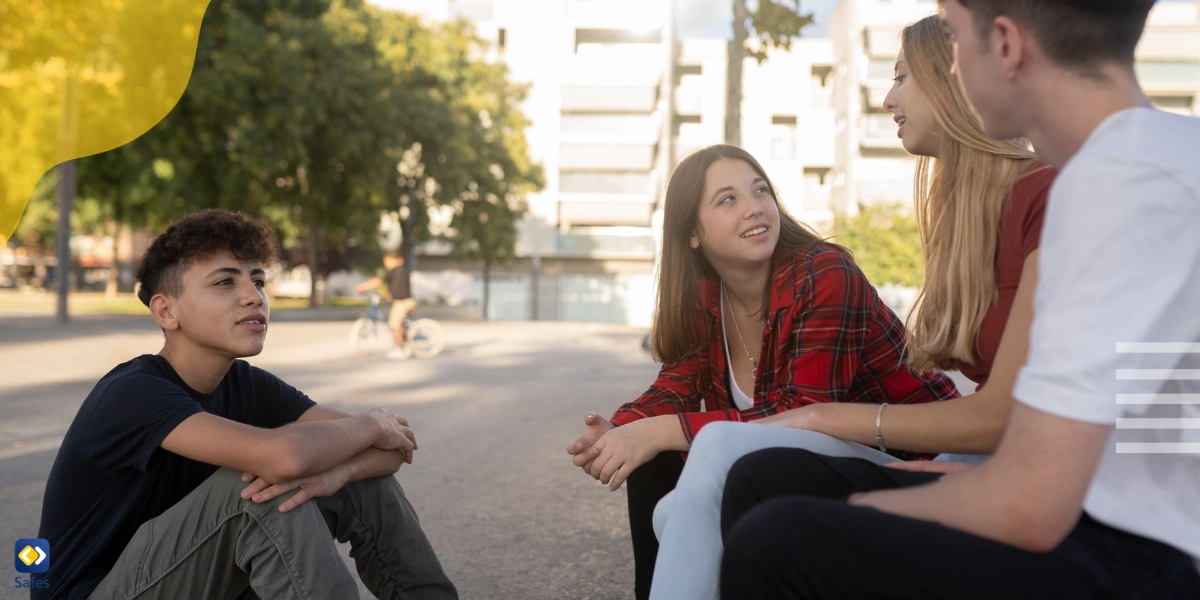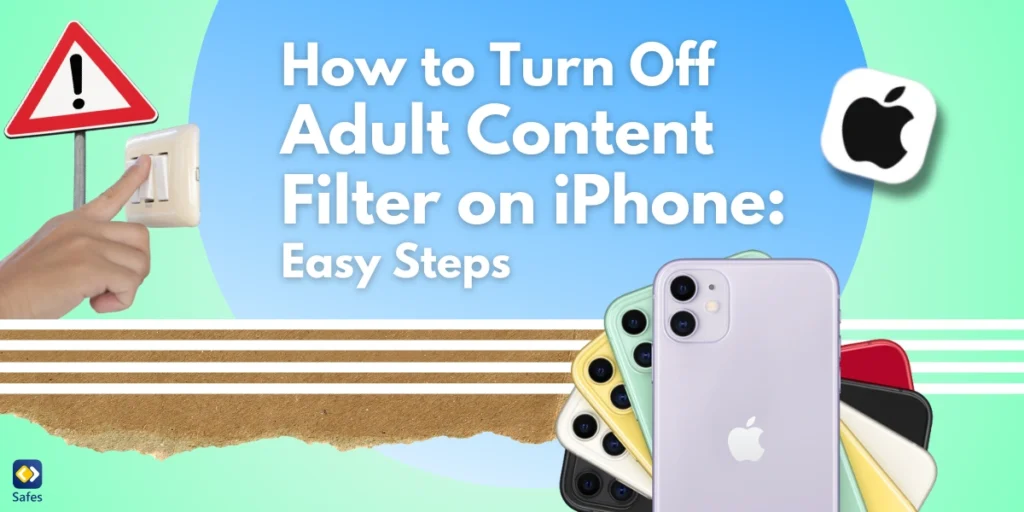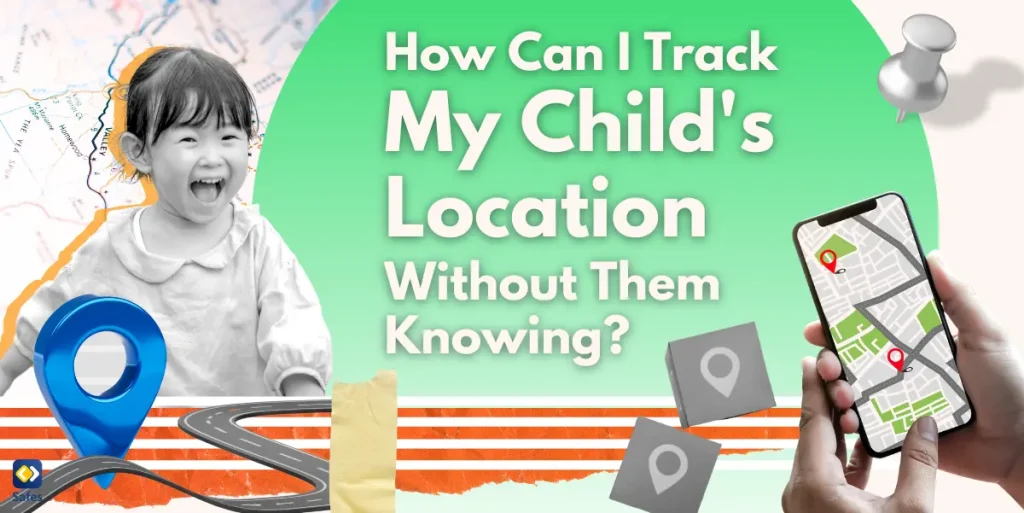Conflict is an inevitable part of human interaction. Especially during the teenage years, when emotions run high, and the quest for independence intensifies, conflicts can frequently arise. This is why understanding and practicing conflict resolution for teens is crucial.
Download and Start Your Free Trial of the Safes Parental Control App
What is Conflict Resolution?
Conflict resolution refers to finding a peaceful solution to a disagreement or conflict. The goal is to avoid escalating the situation and find a way to make both parties feel heard and satisfied with the outcome. For teenagers, learning conflict resolution skills can be a game-changer. It can help them navigate the ups and downs of their relationships smoothly and build trust and healthier interactions.
The Importance of Conflict Resolution for Teenagers
Conflict resolution for teens is not merely about resolving fights or disagreements. It’s a life skill that encourages emotional maturity, nurtures empathy, and builds resilience. In the long run, mastering conflict resolution can lead to healthier relationships, improved mental health, and even higher academic performance.
-
Emotional Maturity
Teenagers are often overwhelmed by their emotions, leading to reactive behavior. Learning conflict resolution skills can help teens understand their feelings better and manage them effectively. This emotional maturity can prevent small issues from escalating into major conflicts.
-
Empathy Building
Conflict resolution often requires understanding the other person’s perspective. This process of “putting oneself in another’s shoes” builds empathy, a crucial trait for building healthy relationships.
-
Resilience Building
Conflict resolution teaches teenagers that it’s okay to have disagreements. It encourages them to face challenging situations head-on and look for solutions, thereby building their resilience.
Sources of Conflict in Teenage Years
Teenage years can be tumultuous, with various sources of conflict arising from different areas of a teen’s life. Some common sources include:
Parent-Teen Conflict: As teenagers seek independence, they often clash with their parents over rules and expectations. This struggle for autonomy is a common source of conflict in many households.
Peer-Related Conflict: Peer relationships take center stage during the teenage years. Disagreements over friendships, social status, or romantic relationships can often lead to conflicts.
Self-Related Conflict: Teenagers also face internal conflicts related to their identity, self-esteem, or body image. These struggles can sometimes manifest as external conflicts with others.
Teenage Conflict Resolution Strategies
While conflicts are inevitable, they can be managed effectively with the right strategies. Here are some techniques that parents, educators, and teens themselves can use for effective conflict resolution:
-
Understanding Emotions
The first step in resolving conflicts is understanding and managing emotions. Encouraging teens to identify their feelings and express them appropriately can prevent disputes from escalating. Visual tools like emotion thermometers or stoplight charts can be helpful in this process.
-
Active Listening
Listening actively to the other person’s viewpoint can be a powerful tool in conflict resolution. It shows respect for their feelings and can often de-escalate a heated situation.
-
Using “I” Statements
Teach teenagers to express their feelings using “I” statements. For instance, instead of saying, “You always ignore me,” they can say, “I feel ignored when you don’t listen to me.” This approach focuses on the speaker’s feelings and avoids blaming the other person.
-
Seeking Win-Win Solutions
Encourage teenagers to look for solutions that benefit everyone involved in the conflict. This approach promotes compromise and cooperation, reducing the possibility of future disputes.
-
Practicing Empathy
Teaching teenagers to see things from the other person’s perspective can nurture empathy and understanding. This approach can often lead to more constructive conversations and resolutions.

Conflict Resolution Skills for Parents for Nurturing Healthy Parent-Teen Relationships
One of the critical aspects of parenting teens is navigating the turbulent waters of conflicts and disagreements. To foster a healthy relationship with your teenager, it is essential to master effective family conflict resolution skills.
How you handle these conflicts can dramatically impact the quality of your relationship with your teenager. Effective family conflict resolution involves:
Open and Respectful Communication: Always communicate directly and honestly with your teen. Avoid blaming or criticism, and instead, express your feelings and concerns respectfully. This encourages your teen to do the same, building a safe space for dialogue.
Active Listening: Sometimes, conflicts arise because of misunderstandings. Ensure that you listen to your teen’s views without interruption. This shows that you respect their opinions and are willing to understand their perspective.
Empathy: Try to put yourself in your teen’s shoes. Understanding their feelings and experiences can help you develop fair solutions and avoid unnecessary conflicts.
Compromise: Sometimes, you might not agree with your teen, and that’s okay. Finding a middle ground where both parties are somewhat satisfied is often the key to resolving conflicts.
Building Trust with Teens: A Pillar of Healthy Parent-Teen Relationships
Trust is the foundation of any relationship, and building trust with teens is particularly crucial. Trust creates a sense of security, mutual respect, and open communication, all of which are vital for a healthy parent-teen relationship.
Here are some practical ways to build trust with your teen:
Consistency: Be consistent in your words and actions. This shows your teen that you are reliable and trustworthy.
Honesty: Always be honest with your teen, even when the truth is uncomfortable. This teaches them the value of honesty and encourages them to be truthful as well.
Respect their Privacy: Respect your teen’s need for personal space and privacy. This shows that you trust them and boosts their confidence.
Acknowledge their Achievements: Recognize and celebrate your teen’s achievements, no matter how small. This demonstrates your support and boosts their self-esteem, which in turn strengthens your relationship.
By applying these practical tips, you can nurture a positive and understanding relationship with your teen, setting the stage for open communication, mutual respect, and enduring bonds.
The Role of the Safes Parental Control App
Today, many conflicts between parents and teenagers arise from online activities. The Safes parental control app can be an invaluable tool in managing these conflicts. The app allows you to monitor your child’s online activities, set screen time limits, and ensure a safe digital environment for your teenager. This can reduce conflicts over internet usage and promote a healthier digital lifestyle for teenagers.
You’re welcome to download Safes on our website, Google Play, or App Store. Sign up for a free trial with Safes to access resources and tools that help teens navigate and resolve conflicts effectively.
Conflict Resolution for Teens: Conclusion
Teaching conflict resolution for teens is a valuable investment in their future. It equips them with the skills to navigate the challenges of adolescence and beyond, fostering healthier relationships and emotional well-being. A healthy relationship with your teenager requires effective family conflict resolution skills and a commitment to building trust. So, whether you’re a parent, an educator, or a teenager yourself, it’s never too late to start learning and practicing effective conflict-resolution strategies.
Key Takeaways:
- Conflict resolution for teens is a crucial life skill.
- It nurtures emotional maturity, empathy, and resilience.
- Practical strategies for conflict resolution include understanding emotions, active listening, using “I” statements, seeking win-win solutions, and practicing empathy.
- Effective family conflict resolution involves open and respectful communication, active listening, empathy, and compromise.
- Trust is the foundation of any relationship. Trust creates a sense of security, mutual respect, and open communication, all of which are vital for a healthy parent-teen relationship.
- The Safes parental control app can help manage parent-teen conflicts over internet usage.
Your Child’s Online Safety Starts Here
Every parent today needs a solution to manage screen time and keep their child safe online.
Without the right tools, digital risks and excessive screen time can impact children's well-being. Safes helps parents set healthy boundaries, monitor activity, and protect kids from online dangers—all with an easy-to-use app.
Take control of your child’s digital world. Learn more about Safes or download the app to start your free trial today!



